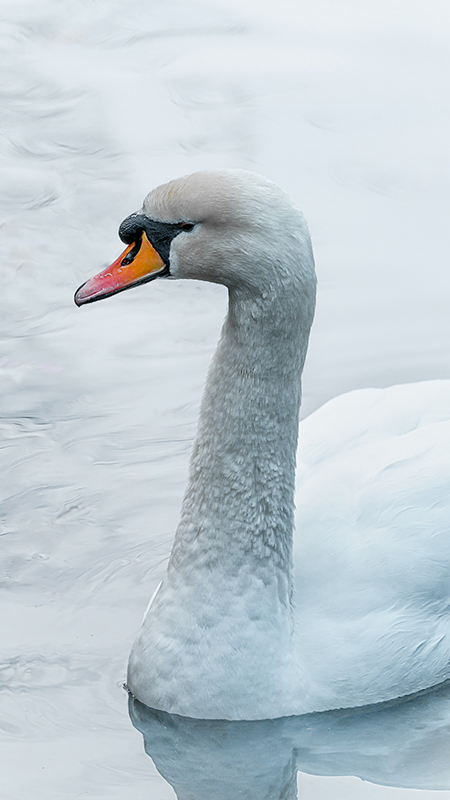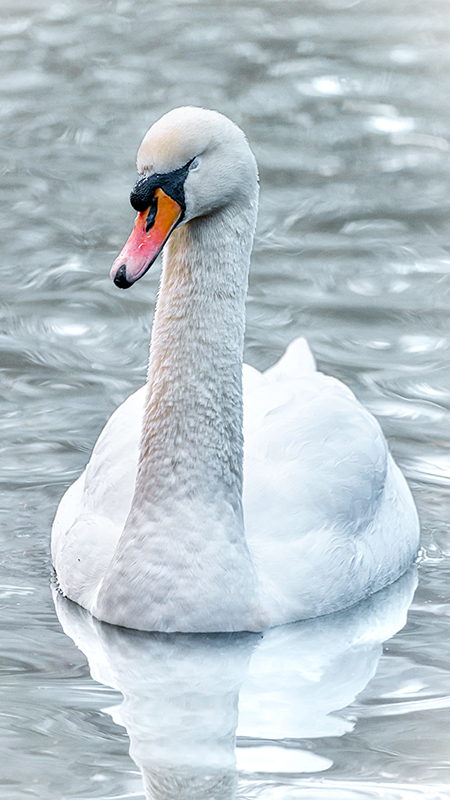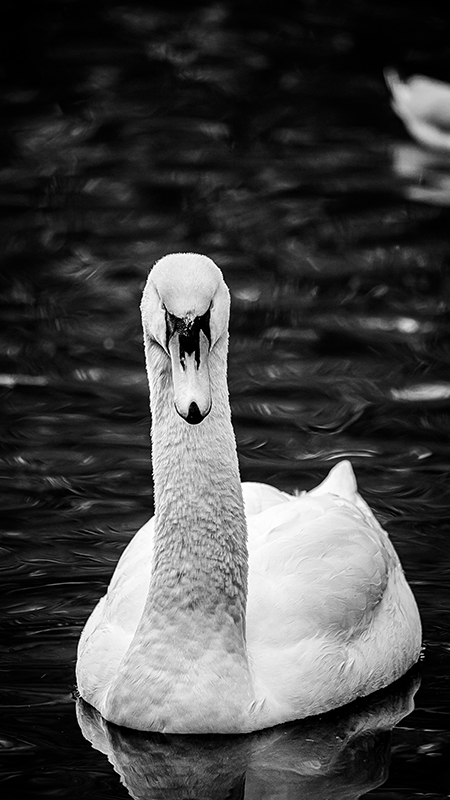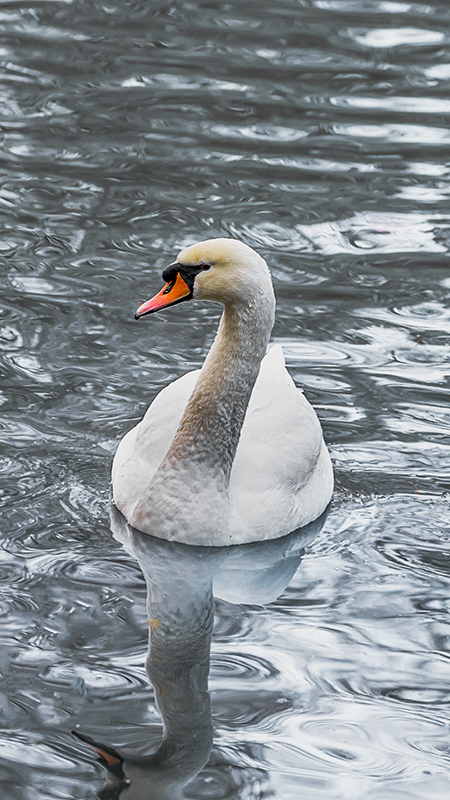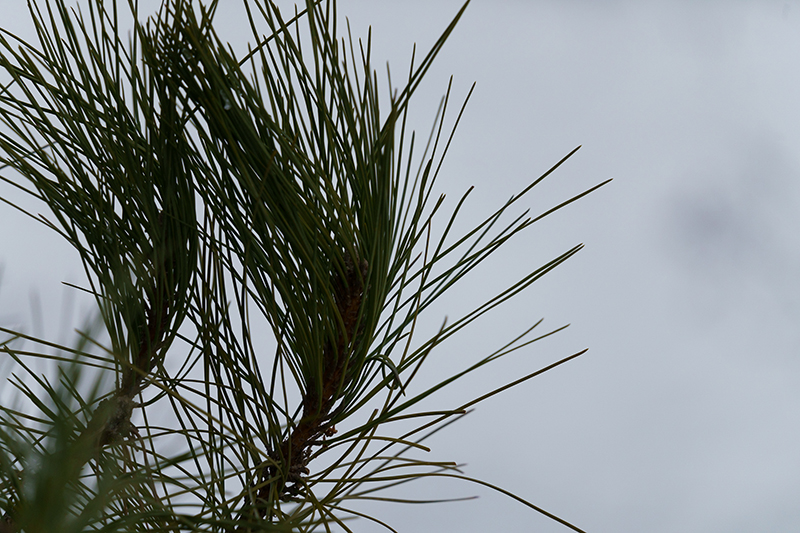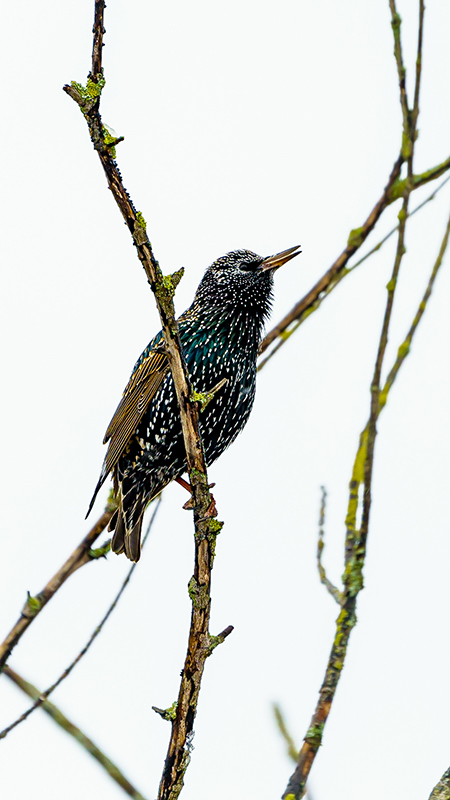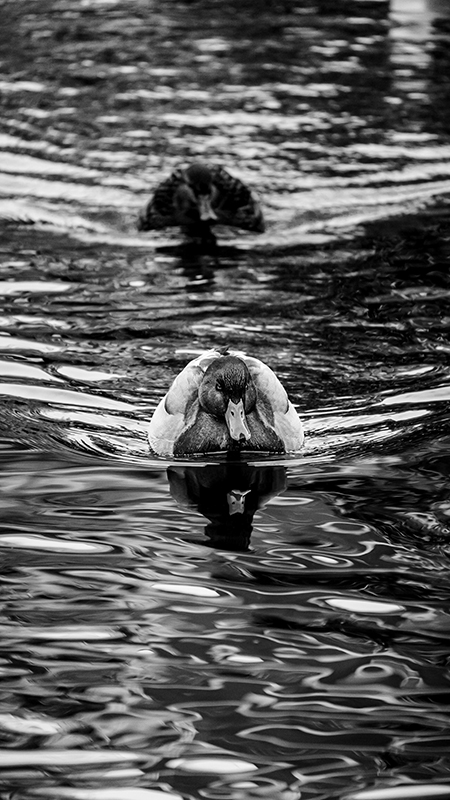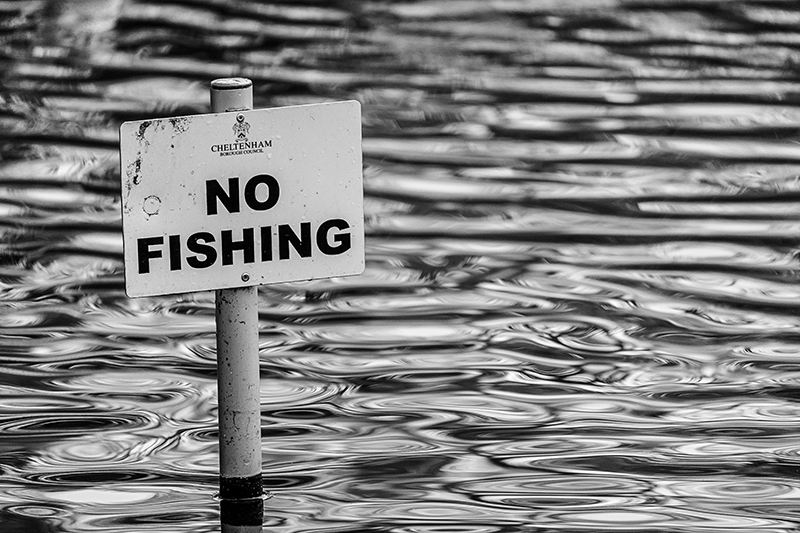What is the best 100-400mm lens for Sony Alpha Cameras?

Here we are again with another comparison of lenses for Sony Alpha cameras. This time we’re looking at telephoto lenses!
There are some great options out there for Sony users all designed to get you closer to the action, be that for Sports, Wildlife, or even Macro photography.
What makes a lens telephoto?
A telephoto lens is one that can be used to bring more distant subjects closer in your frame. This is done by incorporating special lens groups that can extend the light coming into the lens to create a larger zoom or focal length whilst keeping the physical size or length of the lens shorter than the reach. Telephotos can be split into subcategories or types:
- Short telephoto (85-135mm)
- Medium telephoto (135-300mm)
- Super telephoto (over 300mm)
Who can use telephoto lenses?
Telephotos are usually the go-to lens for wildlife photographers as they allow the user to get closer to their subject without startling them or putting themselves in danger. They are also very useful for sports and action photography as they give the user the ability to get in close to the action. Some telephoto lenses even come with macro (close-up) abilities, meaning you can get super-detailed images of insects without disturbing them or casting shadows.
A little historical fact for you
The first telephoto lens was created in 1905. It was known as the Busch Bi-Telar with an aperture of F8. Thankfully these sorts of lenses have changed and improved since the 20th century and as you will see, we can now have super telephoto lenses with much wider apertures.
Which telephoto lenses to test?
Now let’s see what options there are in the 100-400mm for Sony E mount and which ones we will be comparing.
First off is the “native” option from Sony itself. This is the Sony FE 100-400mm F4.5-5.6 GM OSS. Coming in at over £2000 this lens is a part of the G Master lineup from Sony. It is probably the go-to if you’re looking for your first telephoto for your Sony camera, but there are some other options to consider!
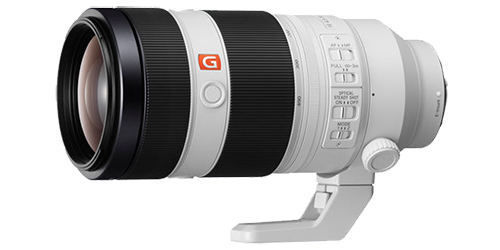
The second lens in our comparison is the Sigma 100-400mm F5-6.3 DG DN OS Contemporary. Being related to the incredibly popular Sigma 150-600mm, the 100-400mm should have some good specs to back it up as a definite option to consider.
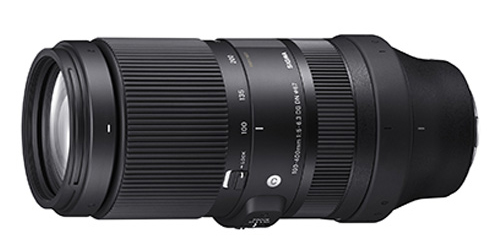 And our third contender is the unique Tamron 50-400mm F4.5-6.3 Di III VXD. Being 50mm wider than the other two, will this be more versatile and a game changer for Sony shooters to consider?
And our third contender is the unique Tamron 50-400mm F4.5-6.3 Di III VXD. Being 50mm wider than the other two, will this be more versatile and a game changer for Sony shooters to consider?
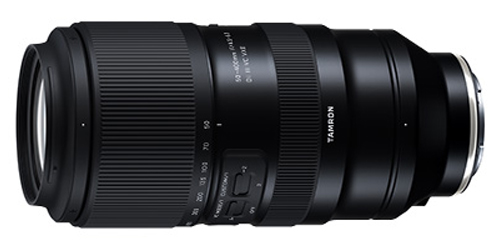 Let’s look at the specs of the lenses side by side and then dive into a field review of how they did. (If you’re a reader of my previous Sony blog posts, then you’ll know I love a good spec chart!)
Let’s look at the specs of the lenses side by side and then dive into a field review of how they did. (If you’re a reader of my previous Sony blog posts, then you’ll know I love a good spec chart!)
Spec Comparison
|
Specs |
Sony FE 100-400mm F4.5-5.6 GM OSS |
Sigma 100-400mm F5-6.3 DG DN OS Contemporary |
Tamron 50-400mm F4.5-6.3 Di III VXD |
|
Focal Length Full Frame |
100-400mm |
100-400mm |
50-400mm |
|
Focal Length APSC |
150-600mm |
150-600mm |
75-600mm |
|
Image Stabilisation |
Yes |
Yes |
Yes |
|
Maximum Aperture |
4.5-5.6 |
5-6.3 |
4.5-6.3 |
|
Minimum Aperture |
65-40 |
22-29 |
22-32 |
|
Aperture Ring |
No |
No |
No |
|
Aperture Blades |
9 |
9 |
9 |
|
Elements |
22 |
22 |
24 |
|
Groups |
16 |
16 |
18 |
|
Special Elements |
Two ED, Super ED, Fluorine coated front element |
FLD, SLD elements |
Fluorine coated front element |
|
Minimum Focus |
0.98m (38.58”) |
1.10m (43.31”) |
0.25m (9.84”) |
|
Maximum Magnification |
0.35x |
0.71x |
0.5x |
|
Angle of View (Full Frame) |
24°- 6°10' |
24.4°- 6.2° |
46.5°-6.2° |
|
Auto Focus |
Yes |
Yes |
Yes |
|
Motor |
Linear Motor |
Stepper Motor |
Linear Motor |
|
Internal/External Focus |
Internal |
Internal |
Internal |
|
Manual Focus |
Yes |
Yes |
Yes |
|
Weight |
1395g |
1135g |
1155g |
|
Diameter |
94mm |
86mm |
89mm |
|
Length |
205mm |
197mm |
183mm |
|
Filter Size |
77mm |
67mm |
67mm |
|
Weather Sealing |
Yes |
Yes |
Yes |
|
Zoom Type |
Rotary |
Rotary |
Rotary |
|
Zoom Lock |
Yes |
Yes |
Yes |
|
Lens Hood Supplied |
Yes |
Yes |
Yes |
|
Case Supplied |
Yes |
No |
No |
|
Tripod Collar |
Yes |
Yes (sold separately) |
Yes (sold separately) |
|
Teleconverter Compatibility |
SEL14TC (1.4x), SEL20TC (2.0x) |
TC-1411 (1.4x), TC-2011 (2.0x) in the L-mount version Only |
None |
|
Price (at time of Review) |
£2149.00 |
£899.00 |
£1249.00 |
Field Test Comparison
I got the chance to take each of these lenses out for a day taking shots of some of the local wildlife in the Gloucestershire area. Let’s see how each lens performs.
Sony FE 100-400mm F4.5-5.6 GM OSS
Starting with the native G Master lens from Sony, the 100-400mm GM is the heaviest of the three weighing in at just over 1.3kg. It might sound a lot but this is actually fairly lightweight for a telephoto lens thanks to recent advancements in photographic technology. The main bulk of the weight comes from the larger physical size of the lens and the included tripod collar.
You can still easily use this lens handheld with the weight only really becoming noticeable after long periods of use. With the tripod collar included as standard, it gives the option to switch to a monopod or tripod if necessary.
G Master Quality
Along with the larger weight is the larger price tag. Coming in at over 2K, this is pricier compared to the other lenses. What you have to consider, however, is what you are getting for this price. The lens is in the trademark telephoto white colour with the Sony GM badge on the side, so you will look the part with this on the front of a Sony Alpha at the local wildlife centre.
And that GM badge does come with some meaning behind it. The lens is incredibly sharp throughout the focal range thanks to the 22 elements including 2 ED and 1 super ED element. These all work to reduce the amount of focus drop off and fringing that is to be expected with zoom lenses, something that even Sony cannot completely prevent.
Accessories Included
When you buy this lens you do get something beautiful looking. The lens comes with a case and lens hood (with a filter access door) and not forgetting the tripod collar. It is worth noting here that the other two don’t come with these accessories which are instead optional extras sold separately.
Aperture Range
Paired with the F4.5-5.6 aperture range you can still get a relatively shallow depth of field, even at 400mm. This aperture range is considered impressive for a lens with such a long focal range. In you are looking for a shallower depth of field then you’ll have to consider the FE 70-200mm f2.8 GM II instead.
Optical Stabilisation
When there's reach there's usually camera or lens shake. However, with Sony’s version of optical stabilisation, OSS, you’ll find that even shooting at a 400mm handheld you can get ultra-sharp images with no motion blur. Pair this with an IBIS Alpha body and you’ll get even more stabilisation (stops depending on the model being used with).
Autofocus
The AF functionality of this lens is what you’d expect from a Sony native E mount; very responsive thanks to the double linear motor and DDSSM (Direct Drive Super Sonic Motor). These are there for super-fast AF performance with very high levels of accuracy. I found this was incredibly good at keeping the focus on wildlife in my local area whilst out for this test.
Customisable
I found that this lens was very versatile and customisable with custom AF buttons on the lens and switches to choose between focus modes. An additional focus range limiter with two OSS switches, one for selecting static or panning modes, means that you are in control when tracking a moving subject. A zoom smoothness ring is included as well. This may look like an aperture ring from its design and placement on the lens, but this helps to change the torque of the zoom which is handy for minute adjustments or fast zooms.
As a side note, this lens is also fully compatible with Sony’s teleconverters, meaning you can increase the reach of this lens even further if you want to.
Overall Thoughts
Overall, I found the Sony FE 100-400mm to be exactly what I’d expect from a G Master lens. Fast, accurate and well-kitted out for wildlife and sports photography. But it does come with that larger size, weight and price tag, which can put some Sony users off the lens. Especially when compared to the next two lenses.
Here are some examples with the Sony FE 100-400mm F4.5-5.6 GM OSS:
Sigma 100-400mm F5-6.3 DG DN OS Contemporary
Now admittedly I shoot with a Sony Alpha and use Sigma DG DN lenses in my kit. So, you’d probably think I am going to be a little biased in this test of their 100-400mm. Well, I’m not going to be! The Sigma 100-400mm F5-6.3 DG DN OS Contemporary is part of Sigma’s well-known DSLR lenses turned mirrorless system, with advancements and tweaks.
Affordability
First thing you will notice when looking at this lens is the price tag. Coming in at just under £900, it is nearly half the price of the Sony GM, but don’t let this fool you into thinking it is not a competitor of the Sony.
Now ok, you don’t get a case or tripod collar as standard with the Contemporary lens. But the tripod collar, TS-111 Tripod Socket, is available as an optional extra, which is also compatible with the 105mm F1.4 DG DN Art lens. And even with the optional extra tripod collar, the total package will still be cheaper than the Sony.
Lightweight but Quality
The feel of Sigma is good and 200g or so lighter than the native option, mainly due to the ever so slightly smaller size and diameter. But this is good if you are wanting to work with a lightweight and compact setup to leave more space in your kit bag.
I was able to carry this easily in my Vanguard VEO Select 39 backpack with an A7R IV and 24-70mm F2.8. Granted, any 100-400mm lens is going to take up the space of two standard primes lenses but it was nice to fit this in and not have the weight jump up too much on my back.
The lens also features Sigma’s well-known build quality and it feels very sturdy in the hands. The zoom and focus rings are very grippy which is great for controlling the zoom, especially on a cold day.
Push-Pull Mechanism
As well as this, the lens features a push-pull mechanism, meaning you’re not going to cause damage to the lens if you pull the zoom out with the front instead of pushing with the zoom ring. This is great and opens more options if you need to be fast with the zoom on the lens to get that crucial shot. The lens also features a lock function for when you’re not using the lens or have a shot set up and ready to go.
Optical Stabilisation
Like Sigma’s 150-600mm lens, the 100-400mm is very user-friendly. It incorporates everything that a Sigma Contemporary lens stands for but in a small packer with an all-new optical stabiliser (OS).
The Sigma’s OS was able to keep up with me most of the time when tracking moving subjects and to keep the motion blur down, much like the Sony. But I did find the Sony was slightly better with the choice of OSS type on the lens, whereas the Sigma only has the usual 1 / 2 / Off option. But again this was very close.
Autofocus
The fast and silent stepping motor helps keep the AF functions quick and responsive when shooting and it is fully compatible with Sony’s AF modes including Eye AF and Animal Eye AF. The DG DN OS’s updated AF capabilities is a big improvement compared to the older DSLR version of this lens from Sigma.
Image Quality
The 100-400mm is consistently sharper in the middle and edges throughout the zoom range. But you will find, like with most zoom lenses, there is a very tiny amount of distortion around the 300-400mm end of the lens.
Overall
Overall I found the Sigma to be a very good and pleasantly surprising telephoto lens at the sub £1000 price range and definitely a worthy contender to the Sony. There were only two downsides in my opinion;
Firstly, I found that the aperture range being a minimum F5-6.3 was a hindrance in shaded or darker conditions. I suppose there has to be some compromise when creating such a lightweight lens.
The second downside is the lack of teleconverter compatibility. The L mount of this lens is compatible with Sigma’s teleconverters, so why not the Sony E mount version as well?
Here are some examples taken with the Sigma 100-400mm F5-6.3 DG DN OS Contemporary:
Tamron 50-400mm F4.5-6.3 Di III VXD
Tamron has made the 100-400mm lens wider and arguably more of an all-rounder telephoto lens.
Starting at a 50mm portrait and zooming all the way to 400mm in one lens means the Tamron can be used for more than you think. I found this very beneficial when my subjects were a bit closer than expected.
This is also great if you’re wanting to go out with one lens and leave some of the others at home. Tamron achieved this design with the smallest size out of the three lenses I tested on the day and with an aperture range of F4.5-6.3 much like the Sony’s.
Unique focal range
The Tamron 50-400mm F4.5-6.3 Di III VXD is part of the unique range of mirrorless lenses for Sony E mount. Like the 35-150mm F2-2.8 Di III VXD, the 50-400mm is an alternative for Sony users wanting a different focal range than the usual 70-200mm or 100-400mm. And this lens doesn’t disappoint, being the second lightest out of the three and packing a punch in its capabilities.
Affordability
Coming in at just over £1200, the Tamron is more than the Sigma and less than the Sony in terms of price. Sitting it nicely between the two. For that money don’t get a tripod collar or case as standard (optional extra again), but being only 20g heavier than the Sigma and 40g lighter than the Sony, you can still use this lens handheld for long periods of time with ease.
Image Quality
With the design and intention to optimise sharpness and clarity, Tamron has packed 24 elements into this lens with two extra-low dispersion elements up front and three low dispersion, one hybrid aspherical element and a moulded aspherical element as well.
Going back to the aperture range the 50-400mm can give a great depth of field, much like the Sony. The focus is sharp and consistent throughout the zoom range. Small amounts of colour fringing can be seen on the edges, but this is very small and can be fixed with in-camera corrections.
Autofocus
Paired with the fast AF from the VXD (voice-coil extreme-torque drive) linear motor it can get great shots and keep you in the action with ease. As well this is fully compatible with Sony Alpha Cameras’ AF functions like the Sigma.
Overall
I found the Tamron to be very fun to use and able to cover a much wider range of subjects. It even out-shined the other two with its minimum focal distance, being the shortest out of the three. Tamron even advertises this lens as having excellent macro capabilities, with a 0.5x magnification at 50-70mm. It was nice having that additional wider 50mm compared to the other lenses. But the downside again is the Tamron is not compatible with teleconverters, but this is going to be a no-brainer really because of that wider focal length on the lens.
Here are some samples taken with the Tamron 50-400mm F4.5-6.3 Di III VXD:
Best options
So, that's all three lenses tested and compared! Now for the awards. Which ones shine in a certain factor or capability? Well lucky enough I’ve put the Sony, Sigma and Tamron into what I feel are their best categories for a medium telephoto lens for Sony E mount:
- Best Value for Money: Sigma
- Best For Travel: Sigma/Tamron
- Best AF Functionality: Sony
- Best for Versatility: Sony/Tamron
- Best Build Quality: Sony
- Best Image Quality: Sigma/Sony
My favourite?
To wrap up this blog post I am going to say which of the three 100-400mm lenses for Sony Alpha cameras was my favourite and why.
My favourite was the Tamron 50-400mm F4.5-6.3 Di III VXD, purely for the fact it is so unique compared to the other two lenses and I found it so much more fun to use. Now don’t get me wrong all three are brilliant lenses, the Sigma is great if you are wanting fantastic quality on a budget. And the Sony G Master, well it’s a G Master lens and has a strong robust build quality. But for me, the Tamron would be the one to go for in my opinion. But every photographer is different!
Looking to get your next 100-400?
Each of these lenses can be found here:
- Sony FE 100-400mm F4.5-5.6 GM OSS
- Sigma 100-400mm F5-6.3 DG DN OS Contemporary
- Tamron 50-400mm F4.5-6.3 Di III VXD
Read next
- What is the best 24-70mm lens for Sony Alpha Cameras?
- Sony FE 50mm G-Master Review – The f1.4 One
- The Ultimate Guide to the Sony A7R V
Thank you!
Thanks for taking the time to read our blog, we really do hope they help you out and answer some of your questions. If you still have some unanswered, then please feel free to get in touch with our team of experts.
We have a LiveChat option on our website and we can, of course, be contacted via our email, we're also on the end of the phone too! Read more on how to contact us here >
Want to write for us?
If you've got experience with producing content on photo, video and/or optics products or techniques then we would love to hear from you. Contact our blog editor, Fee, with a sample of your work at [email protected].
- By James Barnes
- 28 Apr 2023































































